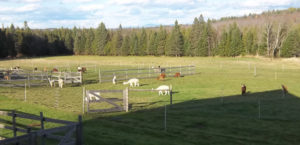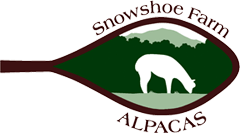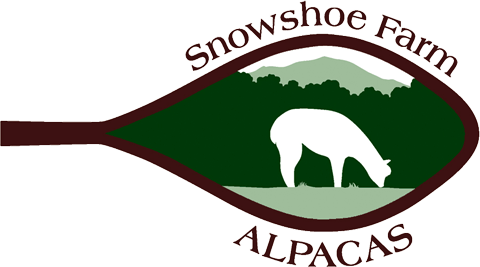 Herd health day takes on new meaning in cold weather. We’re not quite there yet; today was brisk, but not freezing. A light pair of fingerless gloves was all that was needed to keep hands warm while giving shots. For those of you not familiar with alpaca husbandry, alpacas require a monthly deworming injection in this part of the country. It’s actually a good excuse to get our hands on every alpaca on the farm, check body conditions, see how fleeces are growing on our young alpacas and just get a close look at each animal.
Herd health day takes on new meaning in cold weather. We’re not quite there yet; today was brisk, but not freezing. A light pair of fingerless gloves was all that was needed to keep hands warm while giving shots. For those of you not familiar with alpaca husbandry, alpacas require a monthly deworming injection in this part of the country. It’s actually a good excuse to get our hands on every alpaca on the farm, check body conditions, see how fleeces are growing on our young alpacas and just get a close look at each animal.
This time of year we have a number of husbandry tasks that we try to complete before the really cold weather sets in. Our scale doesn’t work well in the cold, so we like to get updated weights on most of the alpacas, especially the younger, growing animals. We like to get toenails and topknots trimmed. It’s a lot harder to do some of these chores when you have bulky gloves on your hands.
Fall is also a good time to start to halter train crias. Usually by now our crias have grown enough that a halter can be fit properly. With no snow, the ground is not slippery and it’s not too hot or buggy. If we can get in a bit of training time now, they’ll be that much further ahead in the spring. We do some training in winter, but if it’s icy – and it often is – training can present a challenge.
We’ll pick away at these kinds of tasks over the next few weeks whenever the weather is mild. Except for the fact that the grass isn’t growing, this is perfect alpaca weather. Our herd is outside almost all day, grazing at whatever is left in the pastures. As much as we, personally, enjoy a good snowy winter, we are thankful for every mild, dry day we have this time of year.

